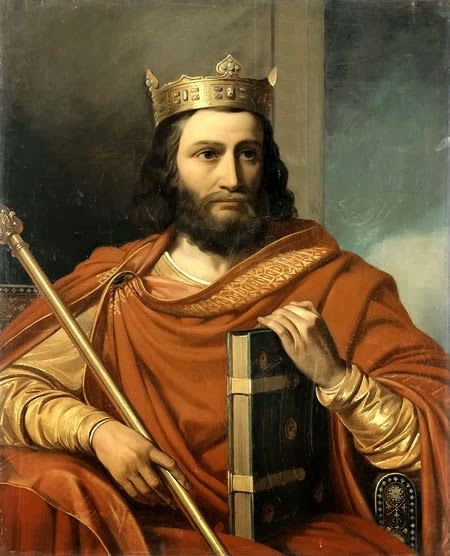I am a tenth-generation Franco-Canadian, proud descendant of Marc Semeur dit Labonté, one of Louis XIV’s soldiers who came to New France in the 1660s. That founding legacy of courage, resilience and community continues to guide me today, infusing both my entrepreneurial ventures and my commitment to service.
The Journey Begins: Marc Semeur dit Labonté and New France
Born in Tulle (Limousin) around 1677, Marc Semeur carried the “dit Labonté” epithet across the Atlantic as part of the famed Carignan-Salières Regiment, dispatched by Louis XIV to fortify the colony against Iroquois incursions. After his military service, he settled on Île d’Orléans, married Marie Morier, and helped cultivate the fields that would feed Québec’s habitants. His grit and adaptability set the tone for ten generations of Semeurs forging new lives on this continent. 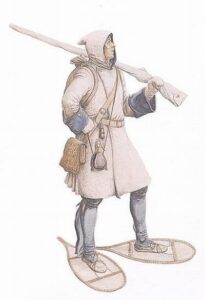
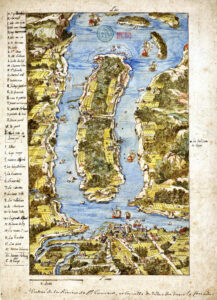
Ten Generations of Franco-Canadian Identity
From the first clearing of forested seigneuries to the bustling streets of modern Québec and Ontario, our family has maintained its French language and a fierce pride in community solidarity. We are the “habitants” in spirit, intent on making each frontier sustainable, whether through farming, small-town trades or today’s digital enterprises.
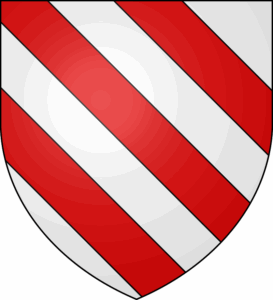
A Royal Thread: From Hélie de Semur to the Capetians
Remarkably, through the wikitree line I trace not only to New France but back to medieval Burgundy. Hélie de Semur-en-Brionnais (c. 1016–aft. 1055) married Duke Robert I of Burgundy, son of King Robert II “the Pious” (r. 972–1031) and grandson of Hugh Capet (r. 987–996). This connects me, in an ancestral sense, to the Capetian dynasty that shaped France, and via their daughters to the first Counts of Portugal and the kings of León. It’s a reminder that the drive to build and govern new frontiers is woven deep in my blood.
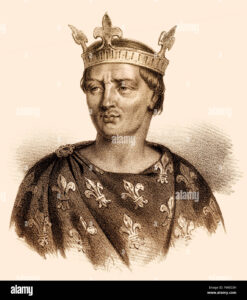
Legacy in Action: Entrepreneurship & Service
Today, I channel that same pioneering spirit into founding startups that serve communities, whether it’s supporting young entrepreneurs, advocating for social-impact ventures or volunteering with local nonprofits. Just as my ancestors cleared forests and built forts, I’m clearing new ground in technology and social enterprise, always asking: “How can this venture strengthen the fabric of our community?”
Conclusion: Honoring the Past, Forging the Future
Our family story stretches from 11th-century Burgundy to the banks of the Saint Lawrence and beyond. By understanding where we come from, we’re better equipped to chart where we’re going. As I write each new chapter, whether in community meetings or boardrooms, I carry forward the legacy of service, resilience and bold innovation that has defined the Semeurs for a thousand years.
